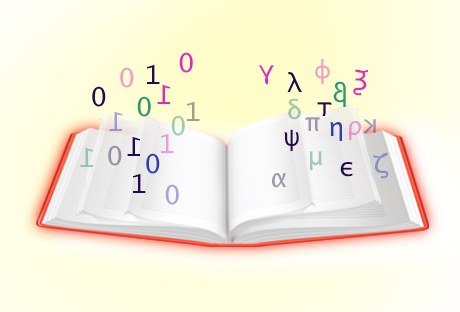During the last years, most of the children (55.6%) referred to the center present learning dis-orders. In these cases, Attention Deficit Hyperactivity Disorder (ADHD) seems to be often associated with their dysfunction (Kakouros et al, 1995). It has been reported (Hinshow, S., 1987) that half of the children having ADHD, develop behavior problems as a direct or future sequelae. The association between ADHD and behavior disorders is so significant that some investigators describe them as part of the same multifactorial disability (Prior and Sanson, 1985, Quay, 1986). The present study was designed to investigate the adolescent outcome of 49 subjects referred to the center 7-12 years ago because of learning disorders and were diagnosed as having ADHD. Subjects and their parents were administered a questionnaire covering information on adolescent functioning. RESULTS: Findings revealed that only 16.3% of the sample continue to experience ADHD symptoms while 22.5% exhibit conduct and antisocial personality disor-ders. Most of these youngsters show poor academic performance and 49% has repeated a school year at least once. Only 16.3% of the subjects had attended a special educational pro-gram after initial diagnosis and counseling. It seems promising that only one of these well managed youngsters developed undesirable behavior patterns while 77.8% of their parents report that special programs have sufficiently helped their child's adjustment and have limited areas of developmental weakness. CONCLUSION: It is likely that adolescent outcome of childhood's ADHD depends on a wide range of contributing factors such as environmental and family support, tolerance for failure, peer reactions and most important therapeutic intervention through special education and counseling.








